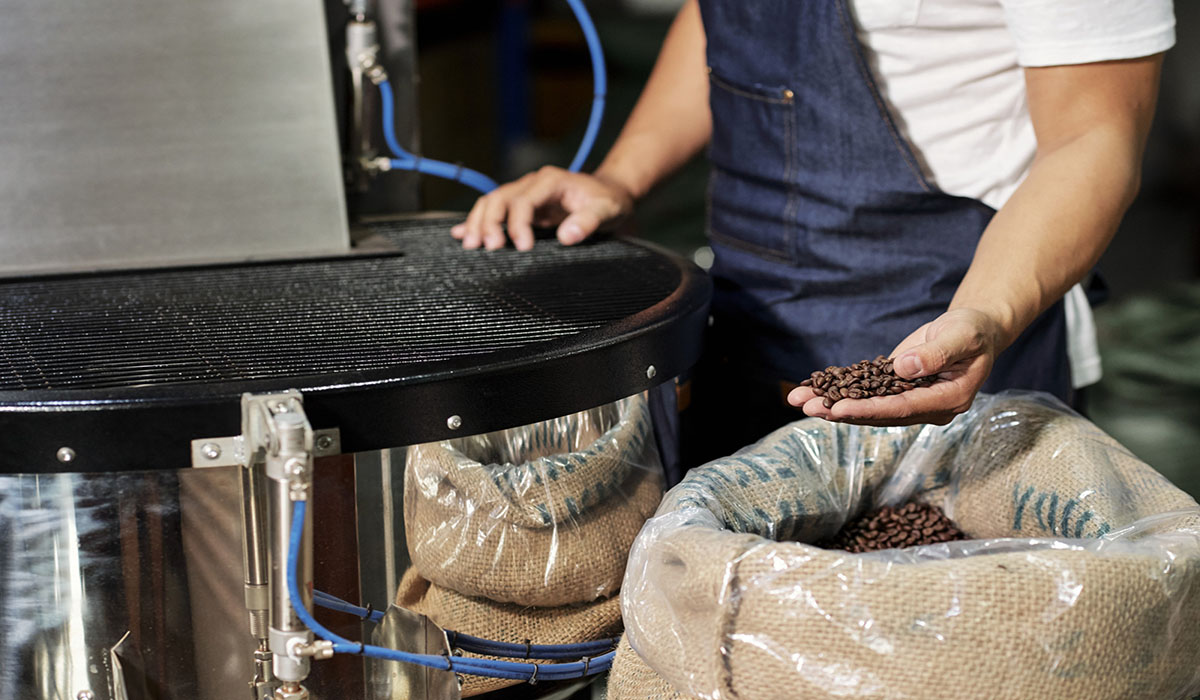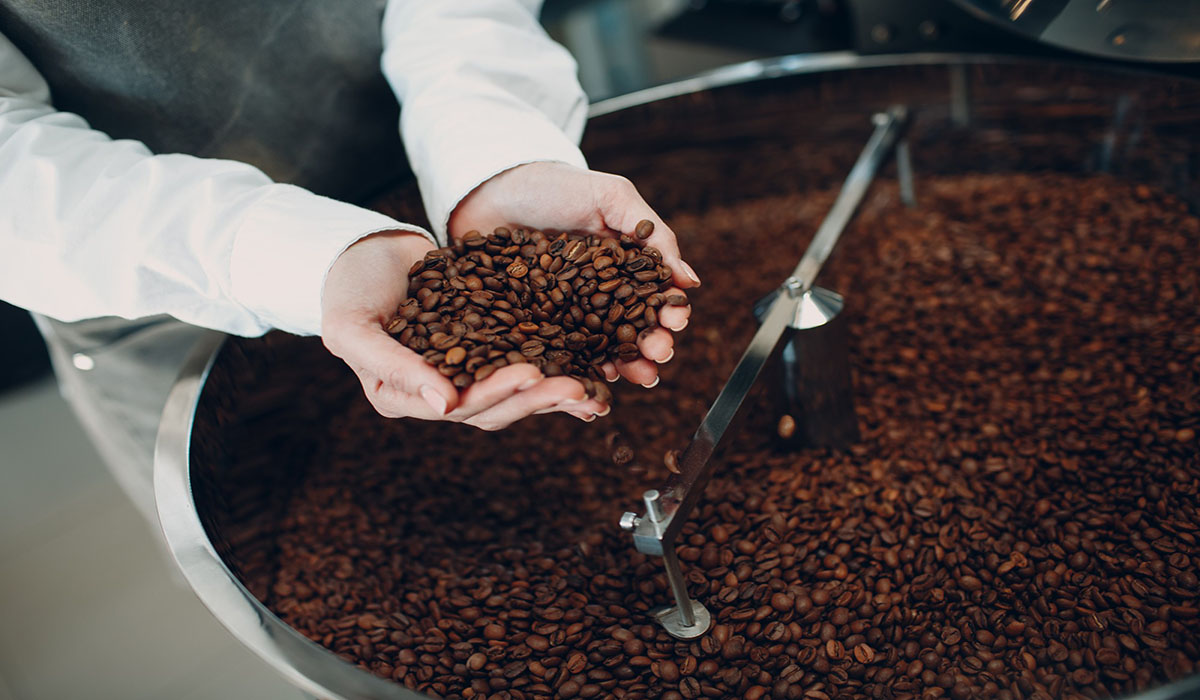Producing Coffee Tailored to the Taste and Culture of the Target Market at Parto Padideh

The world of coffee is full of diversity and distinctions. From specialty cafés to home brewing, every coffee lover has a unique taste and aroma preference. Parto Padideh, a premium coffee beans supplier in Iran, has built its production strategy upon a deep understanding of consumer preferences, creating coffee based on the taste of the target market. By studying coffee consumption culture in different regions, the company develops a wide range of products that align with the preferences of various consumer groups.
Interestingly, coffee preferences differ greatly across the world—some prefer a stronger bitterness, while others enjoy fruity notes. Producing coffee based on the taste profile of a target market is far from simple; it requires extensive testing, feedback collection, and continuous improvement. Parto Padideh has established a solid foundation for high-quality coffee production by carefully sourcing raw materials from countries such as Brazil, Colombia, Indonesia, Vietnam, and India.
Before making large-scale purchases, the company tests multiple samples to ensure quality and compatibility with the demands of its target market. Factors such as moisture, bean size, aroma, and defect rate are meticulously examined.
A Multi-Brand Strategy: A Smart Approach to Taste-Driven Coffee Production
Parto Padideh has designed three distinctive brands to meet the needs of a wide spectrum of consumers, enhancing its path toward producing coffee tailored to diverse market tastes. Diamante Coffee is crafted for professionals and specialty cafés, featuring a high percentage of Arabica beans and offering superior quality and a premium experience for those seeking refined and exclusive flavors.
Conversely, Felicita Coffee is designed for commercial use in cafés and restaurants, offering balanced quality at a more accessible price point. An interesting aspect of Parto Padideh’s brand strategy lies in its understanding of consumer behavior. Research shows that baristas prefer not to use the same coffee brand in their cafés that is commonly sold in supermarkets.
Therefore, the company created its third brand, Opera, specifically for home use. Opera offers 27 diverse products — including whole beans, ground coffee, capsules, and various brew types — meeting the needs of home consumers and setting Parto Padideh apart from many competitors.
Taste and Cultural Analysis: The Key to Purposeful Coffee Production
In the global coffee industry, Coffee based on the taste of the target market is crucial for brand success. Every region of the world has its own characteristics in flavor, aroma, brewing method, and even coffee-drinking rituals. Many consumers ask, “Which coffee suits our taste best?” — and answering that requires deep insight into cultural and sensory differences between markets.
Producers who can harmonize their products with the cultural and sensory preferences of each country not only deliver a more enjoyable experience but also gain a stronger foothold in international coffee suppliers markets.
The following table provides an overview of the main taste and cultural differences in coffee consumption across global regions, helping roasters, baristas, exporters, and marketers design smarter strategies for their target markets.
| Region / Country | Dominant Coffee Taste | Popular Coffee Bean Type | Preferred Brewing Method | Cultural Aspect of Coffee Consumption | Key Notes for Producers |
|---|---|---|---|---|---|
| Europe (especially Italy) | Strong and bitter coffee | Arabica (dark roast) | Espresso | Coffee is an essential part of daily life and social interaction | Focus on strong aroma and rich crema in espresso |
| North America | Balanced and creamy taste | Blend of Arabica and Robusta | Drip coffee | Preference for large, daily coffee consumption | Variety in flavors and attractive packaging are important |
| Middle East (Iran, Turkey, Saudi Arabia) | Bitter and aromatic taste | Robusta or dark-roasted Arabica | Turkish / Arabic coffee | Coffee symbolizes hospitality and deep-rooted cultural rituals | Emphasis on strong aroma and flavor, with traditional or luxurious packaging |
| Asia (Japan, Korea, China) | Mild taste with low acidity | Light-roasted Arabica | Cold brew or hand drip | Coffee is part of a modern and stylish lifestyle | Focus on minimal design, smooth taste, and beverage innovation |
| Africa (Ethiopia, Kenya) | Fruity and tangy flavor | Local Arabica varieties | Manual / filter brewing | Coffee is part of cultural heritage and national export identity | Emphasis on regional authenticity and natural processing |
| Iran | Balanced yet slightly bitter taste | Blend of Arabica and Robusta | Espresso, Turkish, or French coffee | A mix of tradition and modernity in coffee drinking habits | Product diversity based on generations and urban/traditional preferences |
A Specialized Coffee Academy: A Bridge Between Producer and Consumer
One of the major challenges in Iran’s coffee industry is the limited consumer knowledge about different coffee types and proper brewing methods. To address this, Parto Padideh established a Specialized Coffee Academy that not only trains its own staff but also offers free courses to customers.
In this academy, consumers are introduced to various coffees designed according to Parto Padideh’s target market taste profiles. They learn brewing methods and sensory characteristics of different blends. Customer education not only boosts satisfaction but also helps the company better understand market expectations. When a customer learns to recognize flavor differences, their feedback becomes far more valuable for product development.


